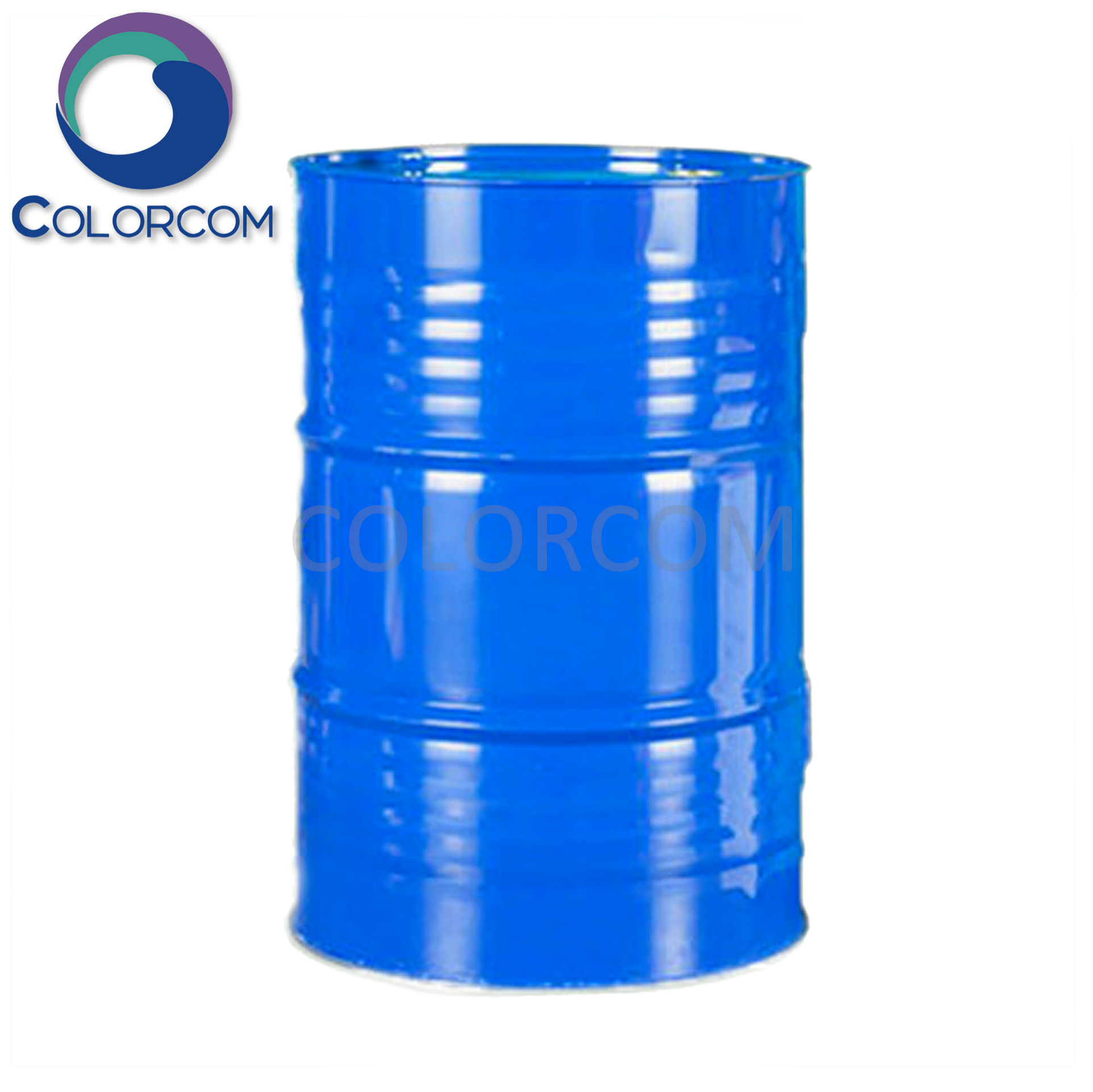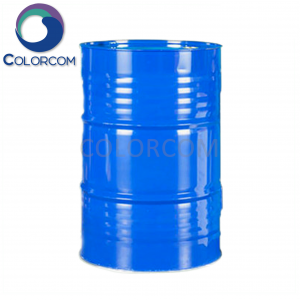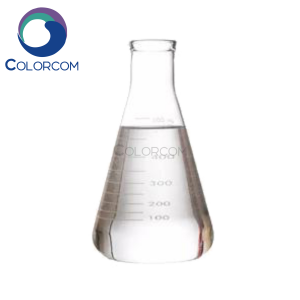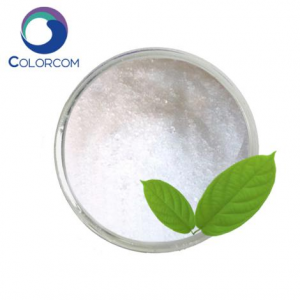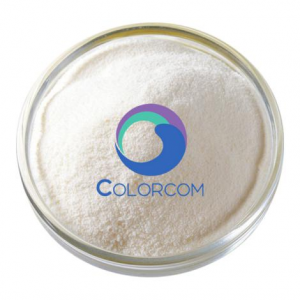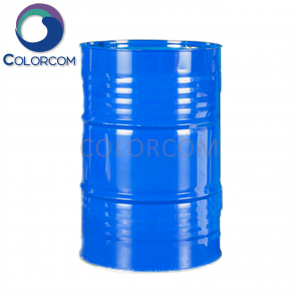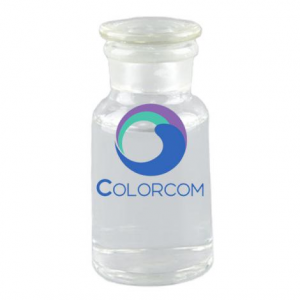Dioctyl phthalate | 117-84-0/8031-29-6
Product Physical Data:
| Product Name |
Dioctyl phthalate |
| Properties |
Colorless oily transparent liquid with special odor |
| Boiling Point(°C) |
386.9 |
| Melting Point(°C) |
-25 |
| Water Soluble(25°C) |
0.02mg/L |
| Flash point (°C) |
217 |
| Solubility | Soluble in most organic solvents and hydrocarbons, slightly soluble in glycerol, ethylene glycol. |
Product Application:
1.DOP is a general-purpose plasticiser, mainly used in the processing of polyvinyl chloride resin, also used in the processing of polymers such as chemical resin, acetic acid resin, ABS resin and rubber, and also used in the manufacture of paints, dyestuffs, dispersing agents, etc. DOP plasticised PVC can be used in the manufacture of artificial leather, agricultural films, packaging materials, cables, etc.
2.Organic solvents, gas chromatography stationary solution
3.It is the most widely used plasticiser in the industry. Besides cellulose acetate and polyvinyl acetate, it has good compatibility with most of the synthetic resins and rubbers used in the industry. This product has good overall performance, good mixing performance, high plasticising efficiency, low volatility, good low temperature flexibility, resistance to water extraction, high electrical performance, good heat resistance and weather resistance.
4.In HVAC, it is used to test the filtration efficiency of high efficiency filters. Because for HEPA filters, 0.3um (micron) is the particle size with the largest penetration rate, DOP is used to test the filtration efficiency of HEPA filters.


